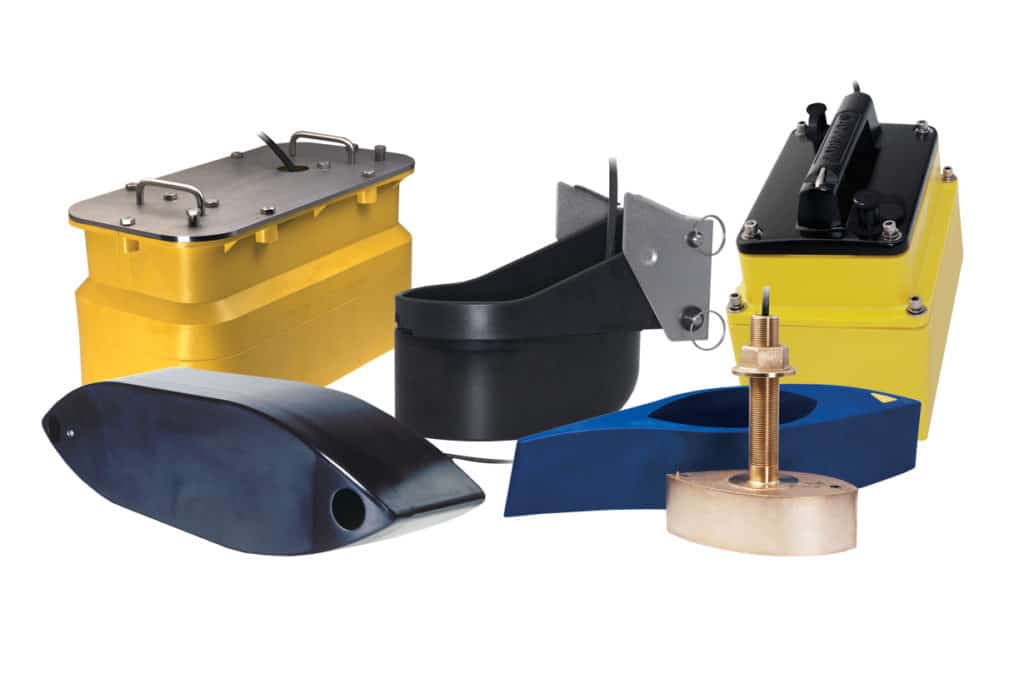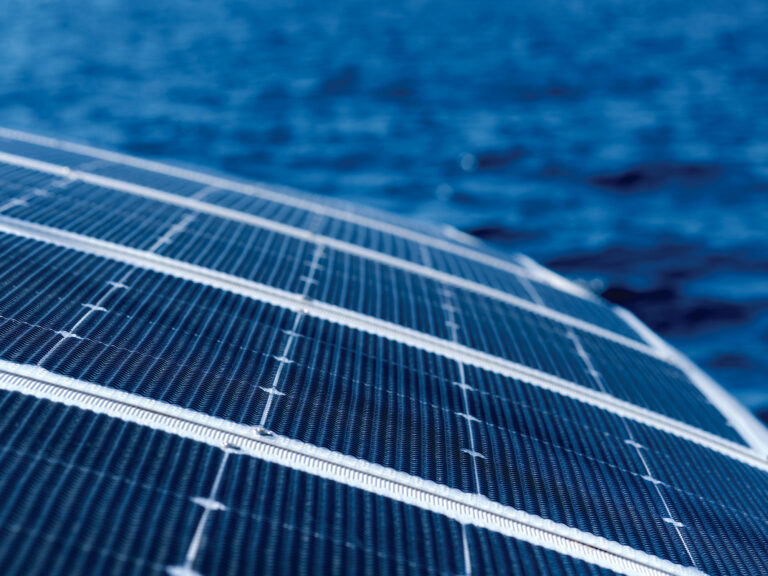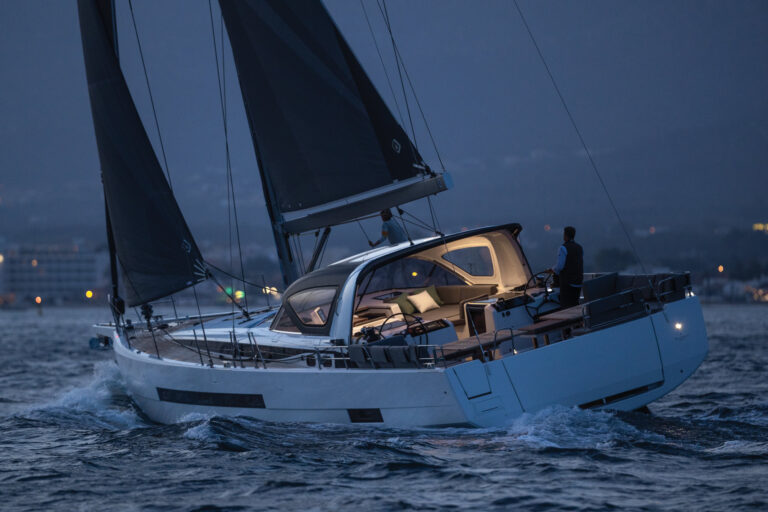
airmarchirpgroupshot_5085.jpg
I try to leave the announcements for things electronic to my colleague Ben Ellison over at the Panbo site, but this one has got me so excited I just couldn’t hold back my feelings. Airmar, and for those of you that don’t know them, they are the actual makers of most all of the transducers used in the recreational boating industry by all the major electronics companies, has just made a major announcement.
Its been a while since any really major breakthrough in depth sounder/fish finder technology has come our way, forward and side scanning technology come to mind as the most recent breakthroughs. Well now we can add “broadband” to the list, and with it a claimed 5 times improvement in fishfinder performance. As someone that uses a fishfinder quite regularly, that gets my attention.

Airmar describes the technology as “CHIRP” which is an acronym for “compressed high-intensity radar pulse” technology. Airmar claims that when these new-tech transducers are paired with a compatable broadband fishfinder with receive signal processing capability, the results are greatly enhanced target separation and resolution down to 10,000 feet of depth. The technology is a trickle down from military equipment not previously available to the public. This looks like a game changer to me.
The way these units work is really not too profound. Most fish finders today operate on two frequencies, 50 and 200 kHz. Most today have the ability to auto switch between the two frequencies. With the new transducers, your fish finder will have the ability to automatically sweep from 28 kHz to 210 kHz without the need for any additional tuning. Hence the term “broadband”, these units will utilize a broader spectrum and scan all of it continuously.
The other factor here is that with conventional fishfinders the fixed frequency transmit pulses the transducers emit are for relatively short durations. This has always been one of the limiting factors for accuracy and enhanced target and noise separation with conventional transducers. These new CHIRP transducers use a sweep pattern of many frequencies within a longer duration transmit pulse. In doing this the equivalent sound energy that is emitted from the transducer is claimed to be 10-1000 times greater than that of a traditional unit.
So, what does all of this mean to the boater, fisher or otherwise? Better fish finding capability, better bottom detail detection, superior depth capability and significantly better performance at high speed, where traditional units simply blank out.
To date there are only several fish finders that the new transducers will work with, Garmin’s GSD 26 and Simrad’s BSM-2 units.
I’ll bet it won’t take long for other companies to jump on this bandwagon! I’m really looking forward to trying one of these units out.







